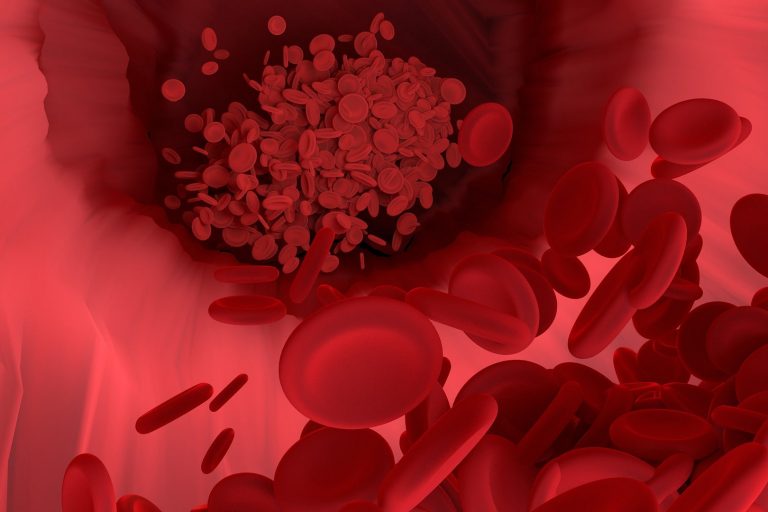CASE STUDY
Sensory feedback insole delivered for NHS CEP.
CASE STUDY
Sensory feedback insole delivered for NHS CEP.
Proof of concept delivered
to gain future funding for development
Nicki partnered with us to develop a smart insole that would improve walking and posture of people with autism.
Outcome
Rapid prototyping: Designed and developed a functional insole sensor prototype tailored for sensory needs.
User safety : Delivered optimized battery management and electronics enclosures for safe use
Future Investment: Enabled real-world testing, providing valuable insights for product development and investment.
Challenge
Bootstrapped: As an early start-up, the client needed a quick and cost effective solution.
Discreet: The unit needed to be discreet and comfortable for users. demonstrator brought together multiple technology blocks including sensors and communication channels.
Vibration: Haptic feedback needed to simulate sensory response.
About this health company
This NHS Clinical Entrepreneur Programme (CEP) startup is focused on developing assistive wearable technology to help individuals with autism walk and improve posture.
Location: UK
Company size: Small business
Industry: Medical
Thanks so much for your help. I feel really lucky to have found you.
Nicki Allen
Approach
Battery Management & Power Optimization
We designed an efficient battery system that ensures extended usage without frequent recharging, balancing power requirements with a lightweight form factor.
Electronics Enclosure Design
To protect sensitive components, we developed a robust yet compact enclosure that could withstand movement while maintaining comfort and flexibility inside the insole.
Vibration Feedback System Development
We engineered the haptic feedback mechanism to deliver precise, adjustable vibrations, ensuring that sensory feedback was both effective and comfortable for the wearer.
Secure and Wearable Fitting Design
The insole needed to be discreet, non-intrusive, and durable, so we designed secure mounting and integration solutions that ensured long-term wearability without affecting mobility.
Wearable insole sensor for sensory feedback
By introducing vibrational feedback through a discreet, wearable insole, this technology provides a non-intrusive sensory aid that helps children feel more grounded and confident in their movements. The device could support improved mobility, reduced sensory overload, and greater independence, ultimately helping children participate more fully in everyday activities.
With growing interest in assistive technology, innovations like this pave the way for more personalized, accessible, and effective solutions that enhance quality of life for neurodivergent individuals.
I feel really lucky to have found you.



